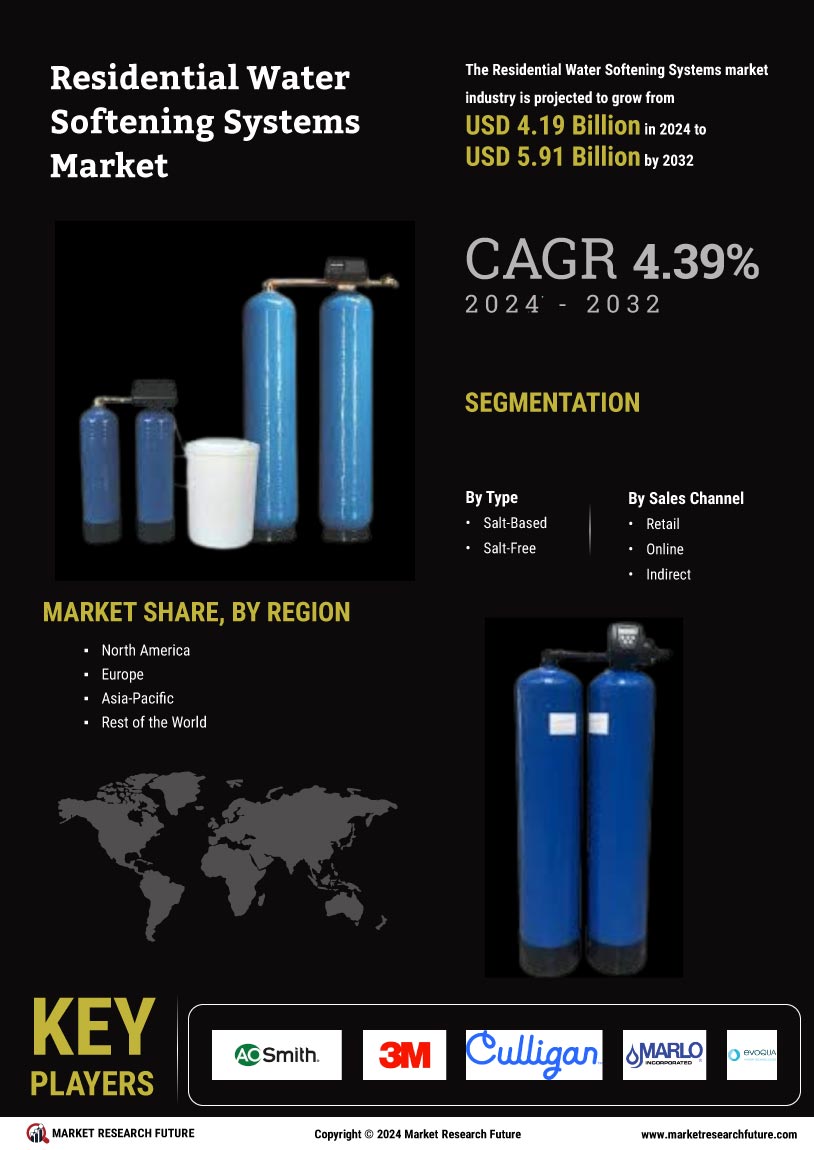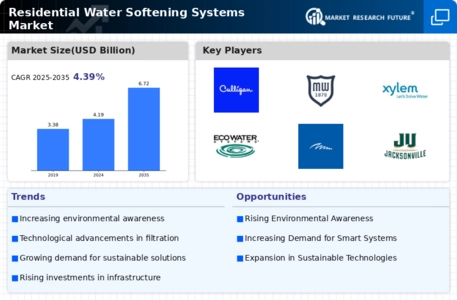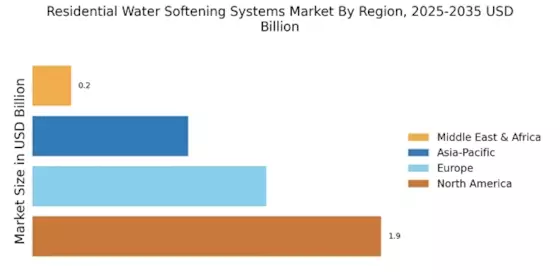Leading market players invested heavily in research and Development (R&D) to scale up their manufacturing units and develop technologically advanced solutions, which will help the Residential Water Softening Systems Market grow worldwide. Market participants are also undertaking various organic or inorganic strategic approaches to strengthen and expand their global footprint, with significant market developments including new product portfolios, contractual deals, mergers and acquisitions, capital expenditure, higher investments, and strategic alliances with other organizations. Businesses are also coming up with marketing strategies such as digital marketing, social media influencing, and content marketing to increase their scope of profit earnings.
The Residential Water Softening Systems industry must offer cost-effective and sustainable options to survive in a highly fragmented and dynamic market climate.
Manufacturing locally to minimize operational expenses and offer aftermarket services to customers is one of the critical business strategies organizations use in the global Residential Water Softening Systems industry to benefit customers and capture untapped market share and revenue. The Residential Water Softening Systems industry has recently offered significant advantages to the medicine and healthcare industry. Moreover, more industry participants are utilizing and adopting cutting-edge Technology has grown substantially.
Major players in the Water Softening Systems market, including A.O Smith Water Technologies (US), 3M(US), Culligan(US), MARLO(US), Evoqua Water Technologies(US), Kinetic Incorporated(US), Eco Water Systems LLC(US), Pollet Water Group (Belgium), Judo(Germany), Clack Corporation(US), Fleck Systems(US), and Cantaure Water Group(US) are attempting to expand market share and demand by investing in R&D operations to produce sustainable and affordable solutions.
Guardian Soft Water, an experienced water treatment company headquartered in Utah, revealed in April 2023 that it will offer specialist water filtering and softness system installation services to households in the greater Provo region. Due to a service release from Guardian Soft Water, additional residences within the greater Provo, UT region will now have access to customized water filtering and softening systems. Water softening systems from Guardian are intended to remove magnesium, calcium, and other undesirable ions from the water that feeds commercial and business operations and equipment.
A. O. Smith Corp is one of the world's largest producers of residential and business heating systems and boilers, with a diverse product portfolio that includes well-known brands from the United States, China, India, Vietnam, and Europe. Water-Right, Incorporation. (Water-Right), O. Smith bought a Wisconsin-based water filtration firm in April 2019. Water-Right's affiliates, property, and sister firm, Mineral-Right, Inc., are all included in the transaction. It is a supplier of high-quality water solutions, offering a full range of residential and business items and systems for various uses, particularly solutions for issues of well water.


















Leave a Comment